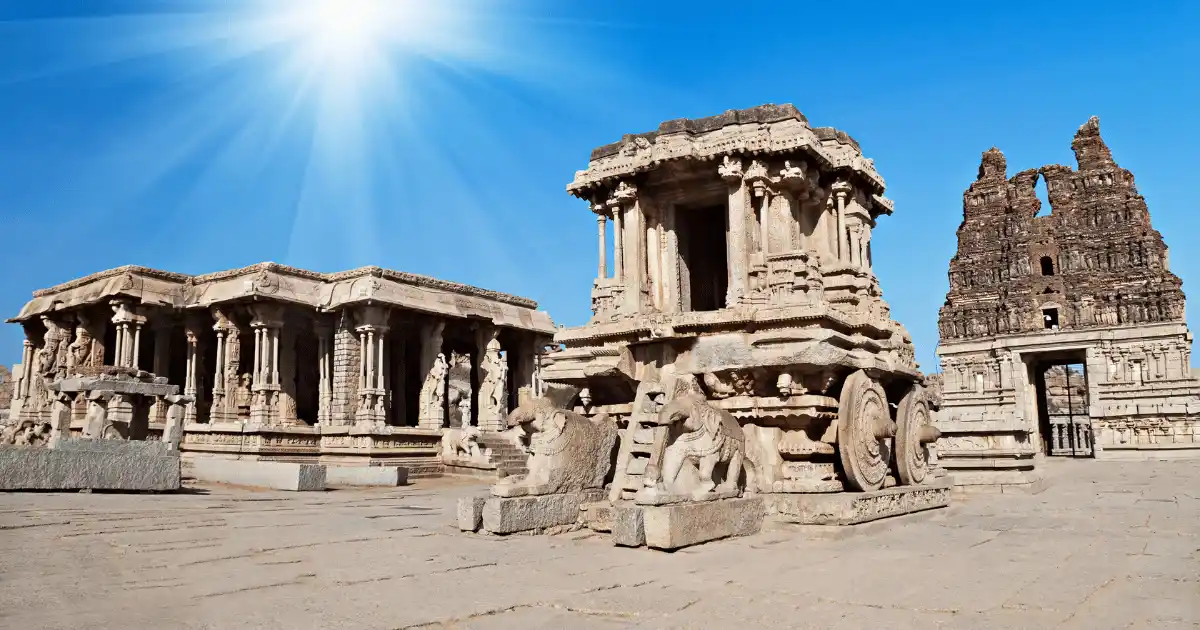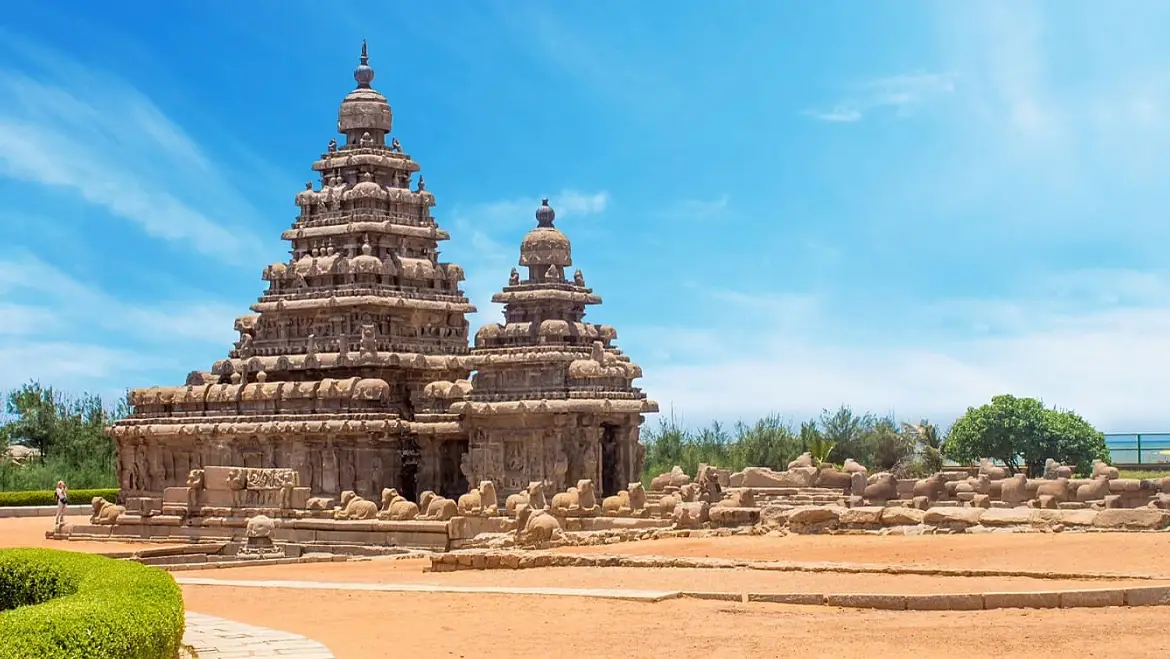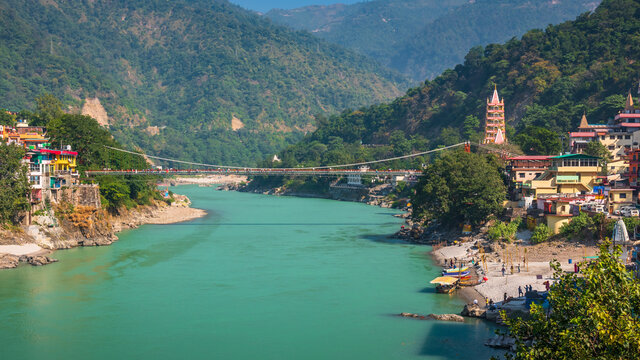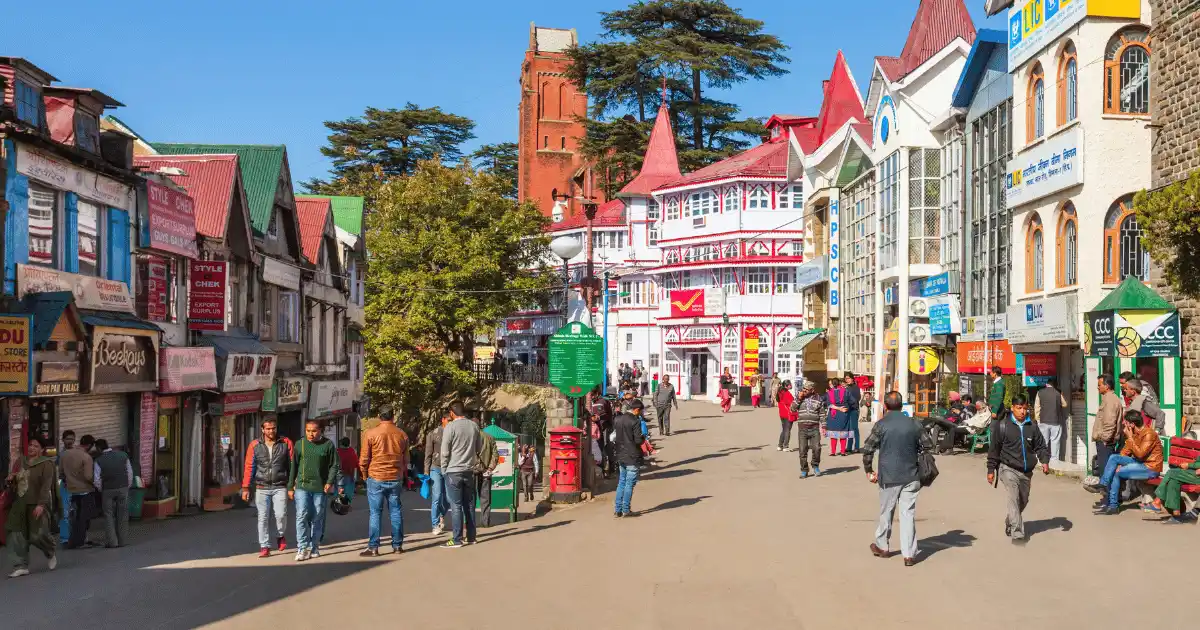India, a land of myriad cultures, traditions, and languages, is like a vibrant tapestry woven with threads of diversity. From the snow-capped peaks of the Himalayas to the sun-kissed beaches of Kerala, India’s cultural kaleidoscope is a sight to behold. In this journey, we embark on an exploration of India’s rich tapestry of diversity, delving into its history, traditions, festivals, and more.
Introduction:
India stands as a testament to the beauty of diversity, where people of different religions, languages, and ethnicities coexist harmoniously. As we journey through its heart, we uncover the layers of culture that define this remarkable nation.
India’s Cultural Mosaic:
India’s cultural landscape is as diverse as it is captivating. With over 1.3 billion people, India is home to numerous religions, including Hinduism, Islam, Christianity, Sikhism, Buddhism, and Jainism. Each religion brings its own set of beliefs, rituals, and traditions, contributing to the rich tapestry of Indian culture.
Historical Influences:
India’s cultural heritage is shaped by a long and illustrious history that spans thousands of years. From the ancient civilizations of the Indus Valley to the Maurya and Gupta empires, each period has left its mark on Indian culture. The architecture, art, literature, and philosophy of India reflect its rich historical legacy.
Festivals and Celebrations:
One of the most vibrant aspects of Indian culture is its festivals. From Diwali, the festival of lights, to Holi, the festival of colors, and Eid-ul-Fitr, marking the end of Ramadan, India celebrates a plethora of festivals with unparalleled fervor and enthusiasm. These festivals bring people together, transcending boundaries of caste, creed, and religion.
Cuisine and Culinary Traditions:
Indian cuisine is renowned worldwide for its diverse flavors, spices, and regional variations. From the savory dishes of North India to the spicy curries of the South, Indian food is a culinary delight that reflects the country’s cultural diversity. Each region boasts its own specialty dishes and cooking techniques, adding to the richness of Indian cuisine.
Traditional Arts and Crafts:
India is also known for its rich tradition of arts and crafts, ranging from intricate textiles and embroidery to exquisite jewelry and pottery. Each region has its own unique artistic traditions, passed down through generations. From the colorful textiles of Rajasthan to the intricate wood carvings of Kashmir, Indian craftsmanship is a testament to the country’s cultural heritage.
Spirituality and Philosophy:
India is the birthplace of major religions and spiritual traditions, including Hinduism, Buddhism, Jainism, and Sikhism. The spiritual teachings of India have inspired millions around the world, emphasizing principles of peace, compassion, and harmony. From the sacred rivers of the Ganges to the majestic temples of Varanasi, spirituality permeates every aspect of Indian life.
Unity in Diversity:
Despite its diverse cultural tapestry, India is united by a shared sense of identity and belonging. The concept of “unity in diversity” is deeply ingrained in the fabric of Indian society, celebrating differences while fostering a sense of national unity. This unity is evident in India’s democratic ethos, its vibrant cultural exchanges, and its spirit of tolerance and inclusivity.
Conclusion:
India’s cultural kaleidoscope is a reflection of its rich heritage, complex history, and vibrant traditions. As we unveil the tapestry of diversity that is India, we discover a nation brimming with beauty, complexity, and resilience. Through its festivals, cuisine, arts, and spirituality, India continues to inspire and enchant people around the world, inviting them to embark on a journey of discovery through its heart.



